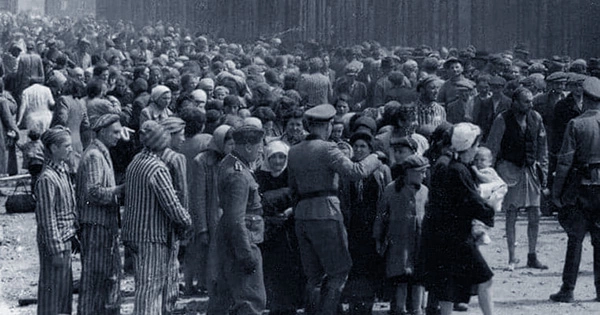The Black Death of the 1300s would have been an unquestionably miserable period to live, as did the year 563 CE, and the first part of the twentieth century witnessed more than its fair share of suffering. However, while considering the worst moments in human history, the horrors of the 17th century are frequently overlooked. Wealth grew for some, and the globe became more linked, but it was also plagued by conflict, political turmoil, inflation, and climate change disaster. Sounds familiar, right?
Historians refer to this time as “The General Crisis,” a period marked by widespread strife and instability that lasted from the early 17th to the early 18th centuries, mostly in Europe but also in Asia. This century is said to be the last time the worldwide human population fell, indicating how difficult circumstances were at the time. The ungodly number of wars that occurred in the 1600s was the main driver of this decline: the English Civil War, the Fronde civil wars in France, the Eighty Years’ War, the Franco-Spanish War, the First Anglo-Dutch War, the Mughal-Maratha Wars in India, and the collapse of the Ming dynasty in China, to name a few.
The Thirty Years’ War (1618-1648) was the cherry on top, resulting in up to 8 million casualties and being one of the most catastrophic wars in European history. It can’t be explained by a single component, like any historical event, and experts have debated the cause of the crisis for decades. However, most of the upheaval can clearly be traced back to the Little Ice Age, which happened about this period.
According to NASA, this unusually cold era across Europe, North America, and Asia lasted from around 1550 to 1850 CE, with the first peak happening in the middle of the 17th century. The exact origin of the Little Ice Age is unknown, although one of the most widely accepted theories suggests that increasing volcanic activity around this time had a significant influence.
The weather was bad, which added to the misery of this century of killing. Many of the paintings in this century’s European galleries show snowcapped landscapes. This is most certainly not a coincidence, as temperatures dropped by 2°C in several regions of Western Europe. It was so cold in London from 1608 onwards that “Frost Fairs” were held on the Thames, when Londoners built marketplaces, played games, and partied on top of the frozen river. Great Thames River freezes began to become less common in the 19th century, and they currently occur only seldom.
However, it wasn’t all snowballs and festivals. According to a 2011 research, the Little Ice Age had a significant influence on agricultural productivity. As a result, there were food shortages, economic turbulence, enraged populace across Europe, and a slew of wars, rebellions, and revolts. The researchers determined that the General Crisis was directly connected to global cooling between 1560 and 1660 by combining temperature data with other factors such as population numbers, wars, social upheavals, agricultural productivity, grain prices, and wages.
People in the 17th century were clearly aware of how dark their time was, “Among all the unusual instances of calamity and insurrection, there has never been anything worse than this,” according to a 1641 Chinese text. “This appears to be one of the epochs in which every nation is turned upside down, causing some great minds to believe that we are approaching the end of the world,” a booklet from Spain said two years later. It’s commonly said that we’re living in the end times as well: the climate problem is worsening, terrible illnesses are causing havoc, pollution is rampant, and geopolitical tensions are at an all-time high. Perhaps we should go back to the 17th century when considering our own demise to realize that all crises pass (and fresh crises will inevitably emerge).
















